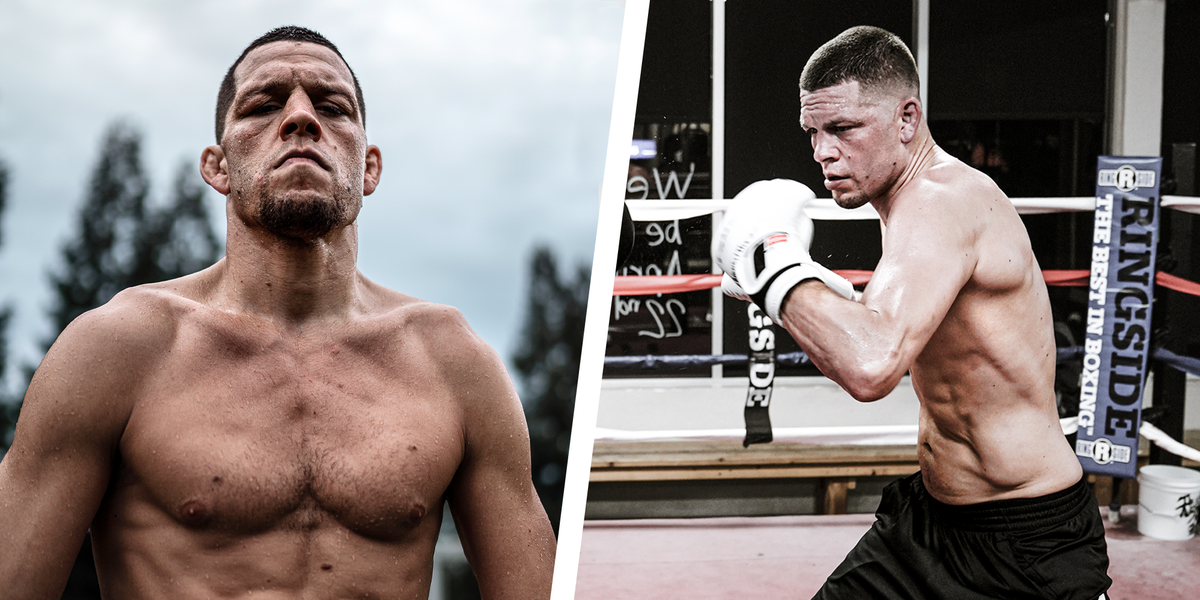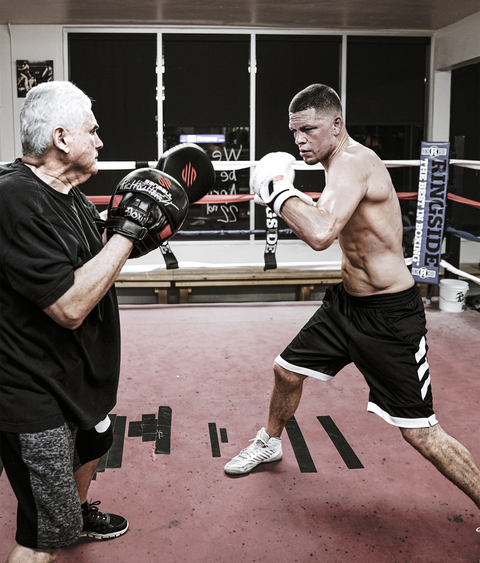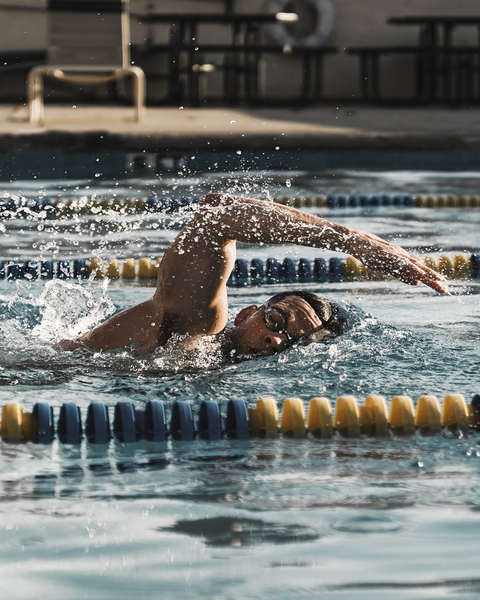Anything “functional” sounds boring, we get it. But in fitness, functional is one of the most exciting adjectives out there. It is a general word to describe the movements and exercises that prepare your body for real-life activities. The pandemic forced people away from gyms and led to an increase in outdoor exercise. We quickly realized that our training hadn’t exactly prepared us for wild environments. That extra muscle we had built in the gym only weighed us down on runs and walks. We rolled our ankles and injured our knees because we had only trained on perfect gym surfaces and lacked the right mix of mobility and stability. The 72 degree indoor environment hadn’t prepared us for the changes in temperature, the elements, and the general unpredictability of the outdoors. It’s time to make your fitness truly functional again by lifting heavy and awkward objects, climbing, crawling, and jumping more, pumping up your cardio, and engaging in other full-body sweat shenanigans. Nobody knows and appreciates this more than Nate Diaz. He masters his endurance lessons and you’ll have fun getting in the best shape of your life.
Conversations in the weight room often focus on muscles and strength, but endurance is what really makes the difference. It’s your secret weapon in everything from rec league basketball games to intense AMRAP workouts. Nate Diaz has understood this for years, which is why his training in the UFC has long defied convention. A UFC championship fight is five 5-minute rounds of max effort: punches, grabs, and kicks for your life. Most UFC training programs mimic this rhythm, pushing you through five-round circuits with kettlebells, battle ropes, and bodyweight. Diaz, 36, uses a different approach. Sure, he spends time perfecting his explosive punches and high kicks. But he has built his UFC legend and 21-13 record, including an epic win over Conor McGregor in 2016, by embracing resistance training.
“Resistance has been a big part of my success,” he says. Diaz and his older brother, UFC fighter Nick, learned the virtues of resistance training long before they entered the Octagon, competing on the swim team as kids. Diaz fell in love with wrestling at age 15, taking jujitsu classes at Cesar Gracie Academy in the San Francisco Bay Area. Shortly after that, he was boxing and kickboxing. “And it turned into a wrestling career very quickly,” he says. Diaz turned pro in 2004. But he never forgot his roots of endurance. Five days a week, he and his brother do 75-minute trail runs, mountain bike rides and swims, building massive reserves of cardiovascular fitness.
The extra cardio helps you outlast your opponents. Diaz typically sets a wild pace and watches his opponent wither away. “It’s like a race,” he says. “He wins with the constant rhythm. Then I’ll upload it.” Science supports Díaz’s strategy. Researchers in Canada found that having better aerobic fitness, which is built with long runs, walks, and swimming, can not only help you recover more quickly from high-intensity exercise, but also allow you to continue producing energy when you’re tired. Translation: Diaz’s regime leaves him energized when he counts.
STRENGTHEN YOUR RESISTANCE LIKE DIAZ
Diaz has developed his own simple way to test his stamina: a five-mile run. “Ever since I was training for tournaments when I was 16, I’ve always loved being able to finish a five-mile race in 37 minutes,” he says. “If I can do that a couple of times a week, I’m ready to rock.” The timing isn’t dizzying, but perfecting your stamina isn’t about electric timing. It’s all about maintaining a steady but fast pace of seven minutes per mile. Try to chase Diaz’s 37-minute benchmark; It’s more attainable than you think.
Get a head start
Use this 4-week plan to build the stamina you need to pass the Diaz test. Every week, repeat that run 3 times.
WEEK 1:
Run 4 miles; aspire to 32 minutes
WEEK 2:
Run 6 miles; aspire to 50 minutes
WEEK 3:
Run 5 miles; aspire to 40 minutes
WEEK 4:
rest by 2 dayslater Go for it.
This content is created and maintained by a third party and is imported into this page to help users provide their email addresses. You may be able to find more information about this and similar content on piano.io




